The Musa Basjoo banana (Musa Basjoo) is also known as the “cold hardy banana” or “Japanese banana”. With a name like this, it must be good. While most banana trees are tropical plants, the Basjoo banana can handle temperatures down to -10 degrees Fahrenheit when properly protected, allowing northern gardeners to add a tropical touch to their landscape.
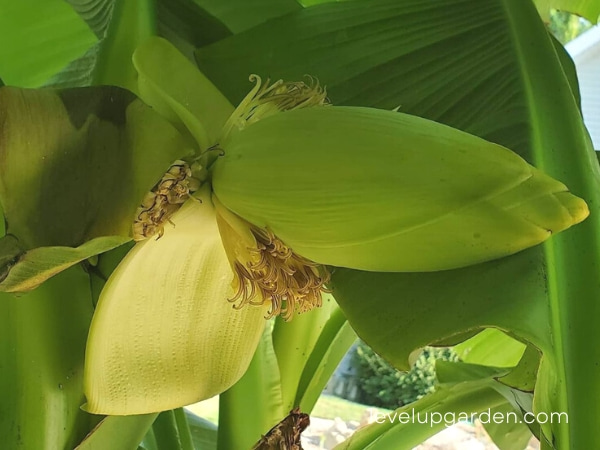
The plant, which grows in fertile soil, is fast-growing and can grow tall almost overnight in warmer climates. Although it does not produce edible fruit, its large leaves and bright yellow flowers resemble a banana tree. It can also be grown in containers and makes a distinct statement when placed near a pool or patio.
I. Plant Profile – An Overview of the plant
| Common Name | Cold-hardy Banana, Japanese Banana |
| Botanical Name | Musa ‘Basjoo’ |
| Mature Height | 11 – 15 ft. |
| Mature Width | 9 – 12 ft. |
| Sunlight | Full Sun |
| Growth Rate | Fast |
| Soil | Well-drained |
| Hardiness zone | 4 – 11 |
| Growing season | Intermittent |
| Resistance | Cold weather |
II. Appearance
The cold hardy banana tree produces green leaves and small light yellow flowers. From these flowers grow inedible bananas, which are bright green at first and turn yellow when ripe. Unfortunately, the inside of the banana is bitter and dry, making it inedible.

III. Growing and Care Conditions
Due to its short growing season, this hardy banana variety rarely flowers. This variety is grown primarily as an ornamental, it blends well with other tropical plants. Place it on your patio or poolside with hibiscus, plumeria, passionflower, and canna lilies.
The location is very important in planting any tree. Choose a sunny, fertile soil location for planting. This plant thrives best when fertilized monthly and the soil is moistened.
Planting
Place Basjoo bananas in a warm, sunny location, away from strong winds. The banana needs adequate sunlight (6 to 8 hours per day) and well-drained soil to encourage the growth of banana leaves.
When ready to plant, select a site large enough to support the mature size of the Basjoo banana. Dig the hole to the depth and width necessary for the roots to take root. Typically, the width should be twice the width of the rootball and the depth should be slightly deeper than the rootball.
Before planting the plant, loosen tangled roots by hand to separate them and encourage growth. Fill the hole slowly, and with your foot, step in the soil around the plant. For moisture retention, spread organic mulch around the base of the tree and water to settle the roots.
Light
Basjoo bananas should be planted in fertile, well-drained soil that receives at least 6 hours of sunlight per day. It is important that it receives adequate sunlight, especially if it is planted in a cold location.
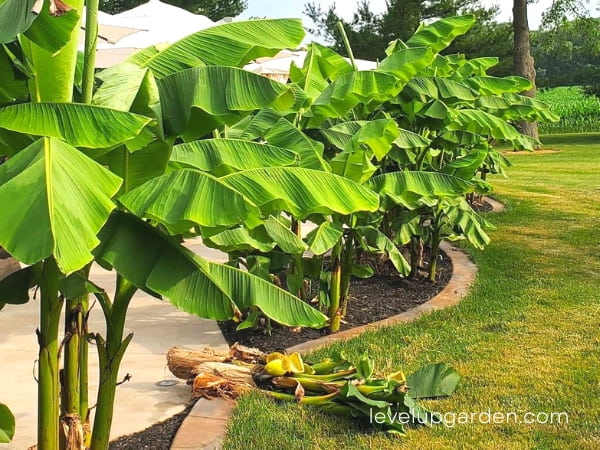
Watering
Like all hardy banana trees, Basjes prefer moist, well-drained soil. If you are not sure when to water, check 2 to 3 inches below the soil and if this area is dry, it is time to water.
Fertilizer
Basjoo, like water, requires more fertilizer than the average garden plant to provide a continuous supply of vital nutrients throughout the growing season; placing a compost at the base of the plant every two weeks will help, as will adding a small amount of fertilizer to the plant’s soil. A 28-8-16 water-soluble fertilizer is recommended; apply fertilizer every 5 to 7 days as new leaves develop.
Soil Requirements
It does best when grown in well-drained soil with high organic matter content and in full sun or semi-shade. Just make sure you plant it in fertile soil.
Pruning
Basjoo requires little pruning. Brown or dying leaves outside the pseudo root can be trimmed back. Cut back any diseased or damaged leaves. Never cut off the top of the trunk, as this is where new shoots will sprout.
Pests and Diseases
Pests that can occur on banana trees include mites, ants, and banana aphids. Healthy trees can generally repel pests, but if they seem problematic, consider using common insecticides or releasing beneficial insects such as ladybugs or ray worms that will eat aphids and other pests.
Cold Hardy Banana diseases include banana wilt, a deadly disease, and leaf spot, both caused by fungi. Cold Hardy Banana can be spared from fungus problems if they are planted in well-drained soil, the ground around the tree is kept clean, and the roots, not the leaves, are watered.
Pollination
Bananas are self-incompatible, with both male and female reproductive organs on a single tree. After flowering, the tree produces small, seedy, inedible fruits, after which the pseudo root (trunk) dies, but the roots remain alive and soon produce another trunk.
IV. Uses
Basjoo banana trees create a tropical look and provide a stunning contrast to traditional plants. Bananas look beautiful around pools and patios, and when planted in groups of three or five, a tropical paradise is created. This exotic plant looks great in containers and is ideal as a patio plant. You can also grow a Basjoo banana tree indoors in a sunny window.
Banana leaves contain polyphenols, which are antioxidants found in many plant foods, including green tea. Cooking with banana leaves provides an even greater source of antioxidants. This ancient cooking method is healthier than using plastic or aluminum foil, and people have been doing it for thousands of years.
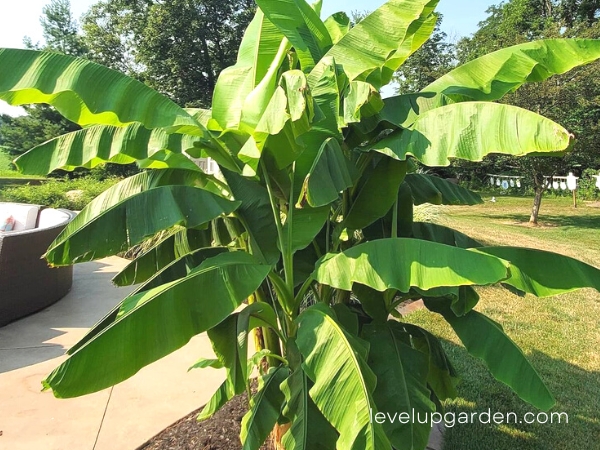
Banana leaves are huge, up to six feet long and 18 inches wide. Banana leaves are used around the world to wrap and steam meals. Tamales in Mexico, pastel in South America, idlis in India, and bibingka in the Philippines are just a few of the many dishes made with banana leaves. Banana leaves add flavor to foods and keep the flavors of the ingredients intact.
Banana leaves are often used to steam fish with vegetables and spices or to make dough stuffed with meat or vegetables. Other lesser-known uses include. The starch in the stem is extracted and used as a substitute for flour. If the flowers can be produced in a greenhouse, its nectar can be drunk and smell sweet.
Obviously the Hardy Japanese banana is not native to North America or Europe, it originated in Japan and has been bred all over the world, mainly for fiber or as an ornamental for its tropical looking leaves. It can be easily found and purchased from several specialty stores on the Internet.
V. Why should you buy this plant
A big, lush beauty that adds a tropical touch to any landscape. Instantly exotic, the banana tree fits the bill. Cutting-edge landscapers are in love with the Basjoo banana and its tropical vibe. People see it and want one themselves.
With mulch, they can withstand the cold of winter (-10°C or lower). This banana tree grows in all 50 U.S. states and instantly makes you feel tropical, even though it does not produce fruit. Basjoo are also very easy to plant and care for. During the warm season, they can grow up to two feet a week.
Basjoo is the world’s most cold-tolerant and cold-hardy banana tree. It grows from Miami to parts of Canada. It withstands drought and neglect. Even deer leave it alone. Just plant it and forget about it.
Once planted, it can grow as much as 2 feet a week. It can reach 6 to 9 feet when potted indoors and 16 feet when planted outdoors.
Not only is the Basjoo tree the hardiest banana tree, it is also the most attractive. Use it to liven up your sitting area, poolside, or garden surroundings. They look great potted around the patio or in the living room or kitchen.
I often see it used as a potted plant on patios in northern homes. When temperatures drop, bring this tree indoors and it will make an attractive houseplant. This bold and striking houseplant can turn any landscape into a tropical escape.
A great tropical plant that grows in cooler climates? This ornamental banana tree will instantly warm up your landscape. It is perfect for poolside, whether you enjoy your pool all year round or only a few months of the year.
This banana tree does not produce edible fruit, but your neighbors will look at you with envy when they see your tropical paradise! This banana tree won’t bear fruit, but when your neighbors see this tropical paradise, they’ll look at you with envy. You would think we have experts on staff who are experts at maintaining tropical plants year after year through the cold winters.
VI. FAQs
What temperatures can Musa basjoo tolerate?
The most cold tolerant banana tree (Musa basjoo) can withstand soil temperatures up to 32 degrees Fahrenheit or first frost temperatures before the leaves begin to turn brown, and up to 22 degrees Fahrenheit before the corms or rhizomes die.
How big will a Cold-tolerant banana tree grow?
Musa is a cold-tolerant banana plant that grows well and can overwinter up to USDA Plant Hardiness Zone 4. However, most specimens reach 11 to 15 feet tall, so you may need some space to grow a cold tolerant banana tree.
How do you winterize a Basjoo?
Apply 6 to 10 inches of shredded bark mulch to the ground around the stem to protect the roots during the winter. For additional protection, secure a chicken wire cage around the stem. Cover the stems with straw or leaves. Container-grown muscadines can be brought indoors for the winter.
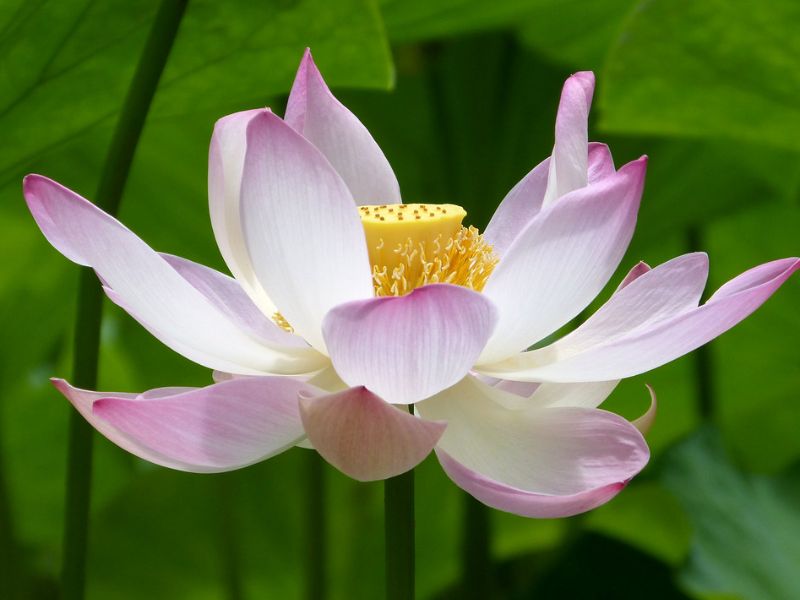
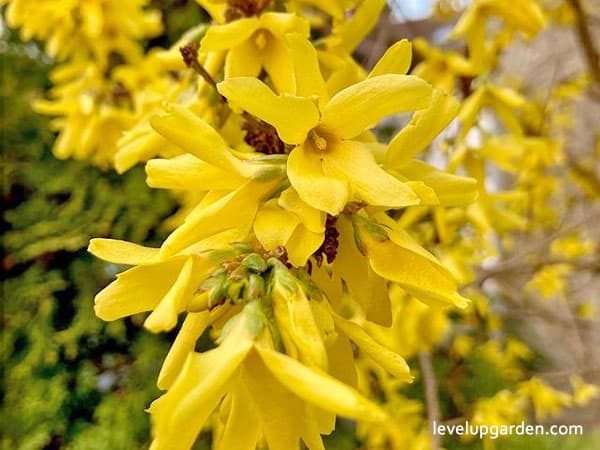






19 responses to “Cold Hardy Banana Tree (Musa ‘Basjoo’)”